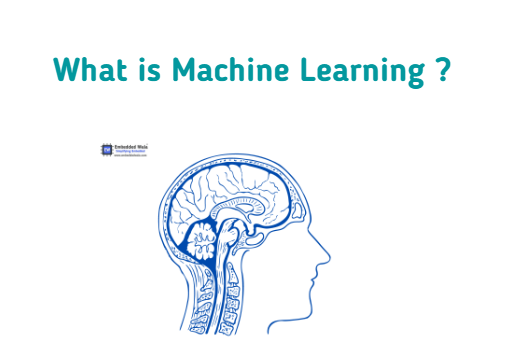
Introduction to Machine Learning: A Beginner’s Guide
Machine learning has become one of the most important fields of study in recent years, with applications ranging from self-driving cars to personalized healthcare. In this article, we will introduce you to the basic concepts of machine learning and provide you with a general understanding of how it works.
What is Machine Learning?
Machine learning is a subfield of artificial intelligence (AI) that focuses on building algorithms that can learn from and make predictions or decisions based on data. The goal of machine learning is to enable computers to perform tasks that would typically require human intelligence, such as recognizing speech or images, making predictions, and recommending products or services.
Machine learning algorithms learn from data by identifying patterns and relationships in that data, and then using those patterns to make predictions or decisions on new, unseen data. In other words, machine learning algorithms learn from experience, rather than being explicitly programmed.
Types of Machine Learning
There are three main types of machine learning: supervised learning, unsupervised learning, and reinforcement learning.
Supervised learning involves training a machine learning model using labeled data, where the correct answer or output is provided for each input. For example, if we want to build a model that can recognize handwritten digits, we would need a dataset of images of handwritten digits, along with the correct label for each image. The model would then learn to identify the patterns and features that distinguish each digit, and use that knowledge to make predictions on new, unseen data.
Unsupervised learning involves training a machine learning model on unlabeled data, where the correct answer or output is not provided. The model must identify patterns and relationships in the data on its own, without any guidance. Unsupervised learning is often used for tasks such as clustering or anomaly detection, where the goal is to identify groups or patterns in the data that are not immediately obvious.
Reinforcement learning involves training a machine learning model to make decisions based on feedback from its environment. The model learns by receiving rewards or penalties for its actions, and adjusts its behavior accordingly. Reinforcement learning is often used in applications such as robotics, where the goal is to teach a robot to perform a task by trial and error.
To analyze data, it is important to know what type of data we are dealing with.
We can split the data types into three main categories:
- Numerical
- Categorical
- Ordinal
Numerical data are numbers, and can be split into two numerical categories:
- Discrete Data
– numbers that are limited to integers. Example: The number of cars passing by. - Continuous Data
– numbers that are of infinite value. Example: The price of an item, or the size of an item
Categorical data are values that cannot be measured up against each other. Example: a color value, or any yes/no values.
Ordinal data are like categorical data, but can be measured up against each other. Example: school grades where A is better than B and so on.
By knowing the data type of your data source, you will be able to know what technique to use when analyzing them.
You will learn more about statistics and analyzing data in the next chapters.
